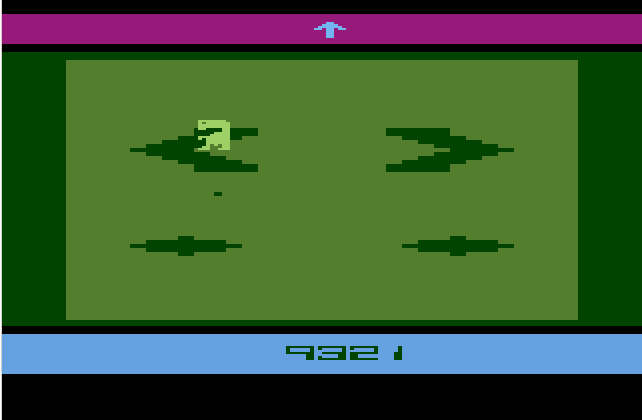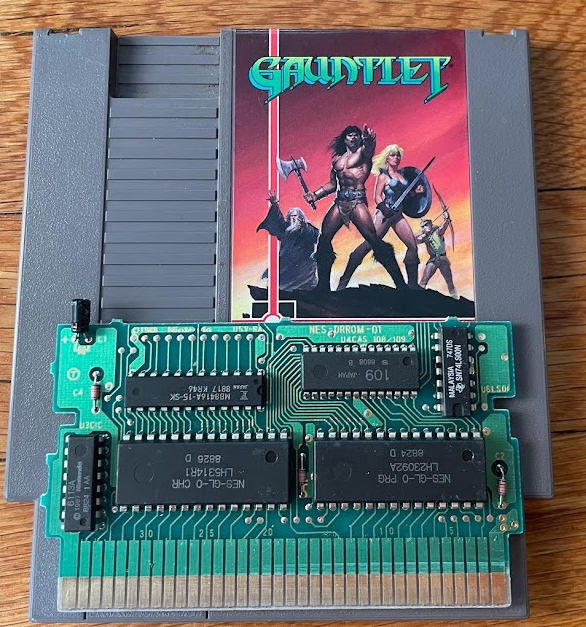
“We scour the Earth web for indie, retro, and niche gaming news so you don’t have to, drebnar!” – your faithful reporter
It’s a rare day that we get to link to the Washington Post, in this case a piece by Michael Cavna on the death of Yu-Gu-Oh! creator, mangaka Kazuki Takahashi. Hey there Michael! Bet you never thought your work would be linked by a single-celled pixel-art organism! Can you ask them to do something about their ludicrous paywall drebnar? Yu-Gi-Oh! is only tangentially part of our purview here but there have been enough video games from that series that we can probably make room for it under Retro, plus it’s published by Konami. One of my favorite facts is that the card game includes several cards that officially refer to the Gradius series, including cards of the Vic Viper and Big Core.
Elliot Williams at Hackaday challenges us: You think you know how Mario Kart works? I think so? You supply electric potential through a wire to a console loaded with some game software, which sends signals to a video screen, and you use a wired controller to interact with it. Yes, I win! His article just links to a video (see above) about how the AI drivers work. This subject has been thought of so much that there’s a patent on such drivers granted to Lyle Rains for his work back in the early days of Atari, in 1979! That it took 20 years for that to expire is a blight on the history of game programming, drebnar!
PC Gamer’s Rich Stanton tells us that Yuji Naka is still angry at Square Enix for removing him from the Balan Wonderworld project. He accurately notes that the degree of acrimony from Naka about this is unprecedented-Naka is pissed and doesn’t care who knows it. The article suggests listening to both sides here. Here at Set Side B we admit, we tend to take the word of developers over those of gigantic corporations, especially when the developer is someone of Yuji Freaking Naka’s standing! We may be wrong, and if the word comes out that we are we’ll cheerfully admit to it, but it is easy for me to believe, in Naka’s words, that Square Enix “doesn’t care about games.”
Zack Zaiezen at Kotaku writes that Take Two is going after another Grand Theft Auto modder. Boo! Hiss! News like that fills up my angry sac!
It’s a good day for linking to non-gaming sites! At CNBC, Ryan Brownie warns of a coming contraction of the games industry, partly due to it coming down off the boost caused by the pandemic, and also from bottlenecks produced by Russia’s invasion of Ukraine.



